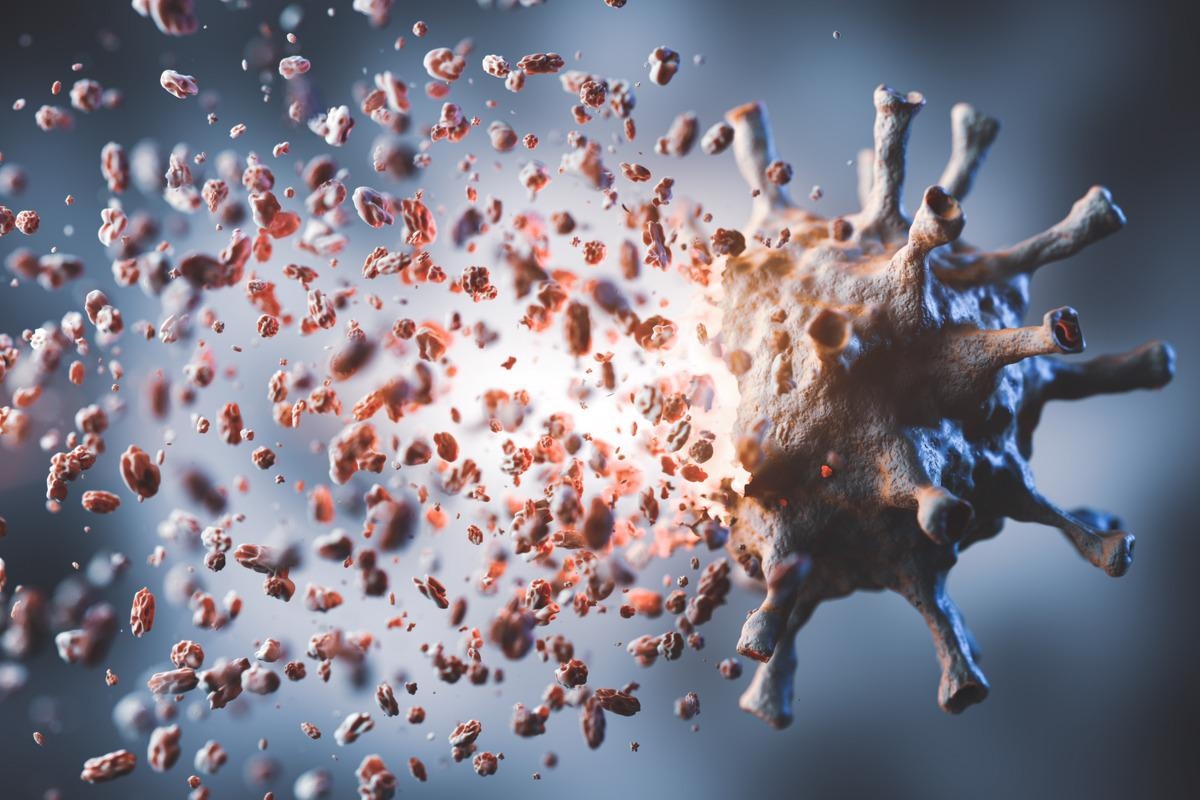granisetron ocd
In a recent study posted in Pharmaceutics, researchers demonstrated that the bioavailability of matrine (MAR)-type alkaloids could be prolonged by employing a co-former, resveratrol (RES). Importantly, these co-amorphous compounds have anti-coronavirus disease 2019 (COVID-19) potential.

Background
Severe acute respiratory syndrome coronavirus 2 (SARS-CoV-2)-induced COVID-19 pandemic has infected 459 million people and caused 6.04 million deaths worldwide. Although SARS-CoV-2 vaccines significantly lowered COVID-19-related mortality and hospital admissions, the vaccines have been less effective against the emerging, heavily mutated SARS-CoV-2 variants.
MAR, sophoridine (SPD), buy online colchicine australia without prescription and oxymatrine (OMAR) are natural alkaloids with diverse biological properties. MAR has been used to treat chronic enteritis and hepatitis for a long time in China. In early 2020, MAR was employed in COVID-19 therapy combined with antiviral medicines like ritonavir, lopinavir, or abidol.
Nevertheless, the short half-lives and fast elimination of MAR-type alkaloids result in limited oral bioavailability and serious adverse effects. Further, a plant polyphenol, RES, was also employed in SARS-CoV-2 treatment as an adjuvant supplement in patients with mild symptoms. RES also exhibits anti-inflammatory properties.
About the study
In the present study, researchers determined whether RES could be employed as a novel co-former for the production of co-amorphous pharmaceutical systems with MAR, OMAR, and SPD, owing to their possible synergistic action against SARS-CoV-2. The team evaluated if RES boosted the therapeutic index of the MAR-type alkaloids. Modulated temperature differential scanning calorimetry (mDSC) and powder X-ray diffraction (PXRD) were used to prepare and systematically characterize the RES and alkaloids co-amorphous systems. In addition, nuclear magnetic resonance (NMR) and Fourier transform infrared (FTIR) spectroscopies were used to evaluate molecular interaction among these alkaloids and RES.
All compounds utilized in this investigation were obtained from commercial sources. Co-amorphous systems were developed using the solvent evaporation method. For crystalline forms of SPD, MAR, OMAR, RES-MAR, RES-SPD, and RES-OMAR, equilibrium solubility experiments were conducted. Employing the paddle method, the in vitro release behaviors of the three co-amorphous systems and the three alkaloids were evaluated. Scanning electron microscopy (SEM) was used to examine the surface morphology of the drugs before and after release testing. The physical stability of the three co-amorphous compounds was evaluated in various conditions, including in desiccators containing anhydrous silica gel at 25 and 40°C.
Results
The results showed that RES formed co-amorphous compounds with the analyzed MAR-type alkaloids resulting in SPD-RES, MAR-RES, and OMAR-RES co-amorphous systems. PXRD indicated that the crystalline forms of MAR, SPD, OMAR, and RES characteristic diffraction peaks appeared at 2θ, ranging between 3-40°. The crystalline OMAR was validated to be a trihydrate as its PXRD profile matched with the simulated one developed from the OMAR trihydrate's single-crystal data.
MAR, SPD, and OMAR solid samples that co-evaporated with RES changed into an amorphous state. The PXRD pattern of evaporated OMAR revealed some variations with its original crystalline form, suggesting a polymorphism generated after treatment. By contrast, other parent materials that evaporated alone showed no phase change.
The single glass transition temperature (Tg) of SPD-RES, MAR-RES, OMAR-RES was 93.83◦C, 72.44°C, and 134.13ºC, respectively. This inference supports the generation of homogeneous co-amorphous compounds. Co-amorphous OMAR-RES had a substantially higher Tg relative to the other two co-amorphous complexes, implying that it may have stronger intermolecular contacts.
In the OMAR, SPD, and MAR physical mixes, the spectra of the pure components were superimposed, showing that there were no intermolecular interactions between the individual compounds. While there were some intermolecular contacts between the O–H groups of RES and the C=O groups of the three alkaloids studied, more interactions were present between the N-oxide of OMAR and the phenolic groups of RES. Further, the N-oxide of OMAR in OMAR-RES imposed significant intermolecular contacts with RES in dimethyl sulfoxide d6 (DMSO-d6).
In the co-amorphous system with RES, the SPD, OMAR, and MAR exhibited prolonged-release characteristics in dissolution studies because of the RES recrystallization on the surface of co-amorphous compounds. The three co-amorphous systems showed good physicochemical stability in high relative humidity conditions.
Conclusions
The study findings discovered a new sort of sustained-release mechanism for co-amorphous pharmaceuticals. The MAR-RES, SPD-RES, and OMAR-RES co-amorphous systems were found to have prolonged-release behavior, evident from the formation of a shell-like structure by the co-former RES on the surface of the co-amorphous system.
The study demonstrated that modest structural modifications in active medicinal components could result in diverse molecular interactions with the co-former. It illustrated a viable translational pathway for natural compounds derived from traditional Chinese medicine. The intriguing co-amorphous drug strategy depicted in the current study might offer a peculiar opportunity to repurpose these promising medications against SARS-CoV-2.
Nonetheless, the recrystallization of RES precludes its release under the investigated conditions, resulting in no increase in solubility. Hence, more research is needed in animal models to optimize resveratrol release behavior and the therapeutic and pharmacokinetics benefits of the aforesaid co-amorphous systems.
Hu, D. et al. (2022) "Sustained Release of Co-Amorphous Matrine-Type Alkaloids and Resveratrol with Anti-COVID-19 Potential", Pharmaceutics, 14(3), p. 603. doi: 10.3390/pharmaceutics14030603. https://www.mdpi.com/1999-4923/14/3/603
Posted in: Medical Science News | Medical Research News | Disease/Infection News
Tags: Anti-Inflammatory, Chronic, Coronavirus, Coronavirus Disease COVID-19, covid-19, Diffraction, Drugs, Electron, Electron Microscopy, Hepatitis, Hospital, in vitro, Lopinavir, Medicine, Microscopy, Morphology, Mortality, Pandemic, Pharmaceuticals, Pharmacokinetics, Polyphenol, Research, Respiratory, Resveratrol, Ritonavir, SARS, SARS-CoV-2, Severe Acute Respiratory, Severe Acute Respiratory Syndrome, Syndrome, X-Ray

Written by
Shanet Susan Alex
Shanet Susan Alex, a medical writer, based in Kerala, India, is a Doctor of Pharmacy graduate from Kerala University of Health Sciences. Her academic background is in clinical pharmacy and research, and she is passionate about medical writing. Shanet has published papers in the International Journal of Medical Science and Current Research (IJMSCR), the International Journal of Pharmacy (IJP), and the International Journal of Medical Science and Applied Research (IJMSAR). Apart from work, she enjoys listening to music and watching movies.
Source: Read Full Article
